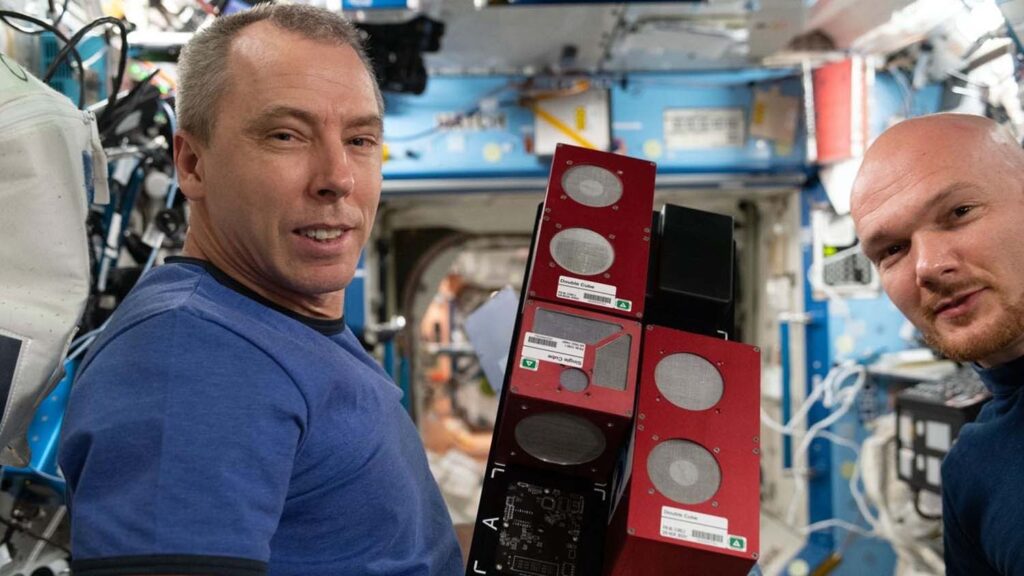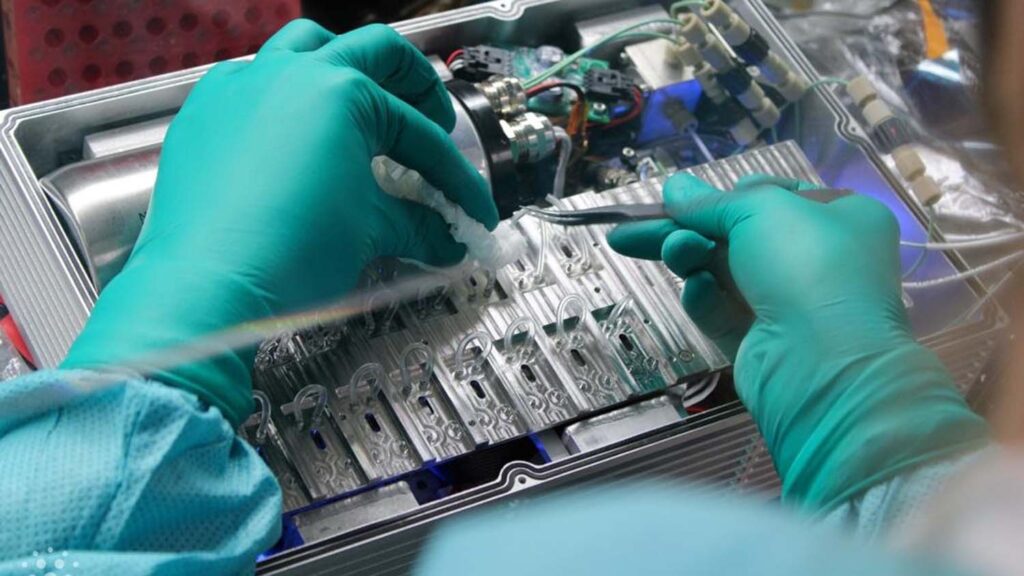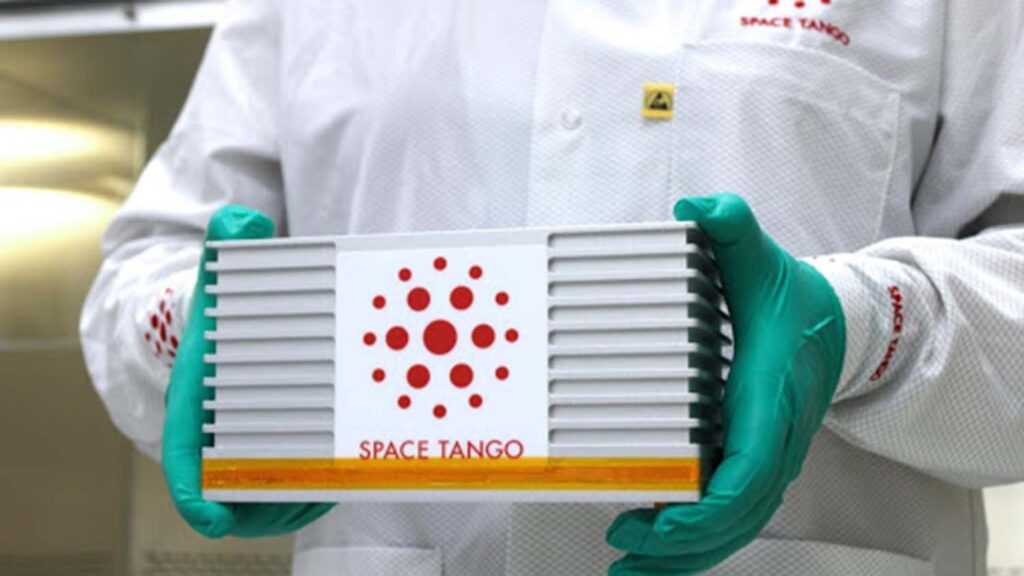Space Tango is looking to create a better future for humanity by utilising a unique attribute of space – microgravity.
The company designs and builds automated systems to support health and technology R&D on the International Space Station (ISS) U.S. National Laboratory, which approaches microgravity as an innovation platform.
To store and power the experiments conducted on the ISS, Space Tango develops custom facilities, like lockers.
Mass and strength are core to the design of these facilities so that the hardware can operate in microgravity, while also withstanding the forces of a rocket launch.
The Powered Ascent Utility Locker (PAUL), designed by the Space Tango team, is hard mounted to the launch vehicle on the ascent to space and therefore needs to be both light and durable enough to withstand launch and landing forces. Less mass (and volume) increases the total capacity of what can launch to the ISS.
“We also need to pay close attention to mass distribution,” adds Space Tango senior mechanical engineer Paul Keuhl, “as the center of gravity of the locker is an important design constraint driven by the launch vehicle specifications.”
The first PAUL concepts were conceived in 2018, as a response to the space research and development needs to support complex biological payloads that demand consistent power and data monitoring.
Since then, PAUL has gone through three iterations to make the design lighter and more refined.
The two PAULs, on board the recent SpaceX 21st Commercial Resupply Services mission (SpaceX CRS-21), contained two CubeLabs.
CubeLabs are modules that allow multiple health and technology investigations to run simultaneously in orbit, while providing interactive payload management from Earth and downlink of data from the ISS.
The structure of these CubeLabs are manufactured in anodised aluminum, which is biocompatible. As Space Tango’s hardware supports biological research and development in microgravity, the biocompatibility of materials and finishes is very important.
This is critical to the design of complex fluidic manifolds that are used for biological experience in some CubeLab investigations.
“Designing the manifolds can be a design challenge,” says Keuhl. This is mostly because in microgravity, fluids behave differently due to surface tension dynamics and the lack of buoyancy and sedimentation within fluids in the low-gravity environment.
“We have to be mindful of this and design manifolds that optimises the flow of fluids while avoiding cavities or geometries where bubbles can form or get trapped.”
Many of the parts that make up the laboratory facilities were produced using online manufacturing platform 3D Hubs. Keuhl cites 3D Hubs “very reasonable pricing” – this might be a space mission, but cost is still a consideration.
“Using 3D Hubs’ automated online ordering platform for almost instant pricing of our designs is extremely valuable and allows Space Tango to be agile in our engineering process,” he adds.
Maintaining QA and meeting the high standards required for equipment to be used on the ISS is always a challenge, but something that the online manufacturing service has helped with, rather than hinder.
CNC machined Aluminum 6061-T6 (anodised) as well as Stainless Steel 316L components made up the majority of parts, while some parts were 3D printed in nylon using SLS.
“We’ve been impressed with the quality of the parts we’ve received and have had very few parts that were not within our specification. The 3D Hubs team continues to be very effective in communicating with us about our specific needs and we appreciate 3D Hubs’ continued commitment to Space Tango.”








